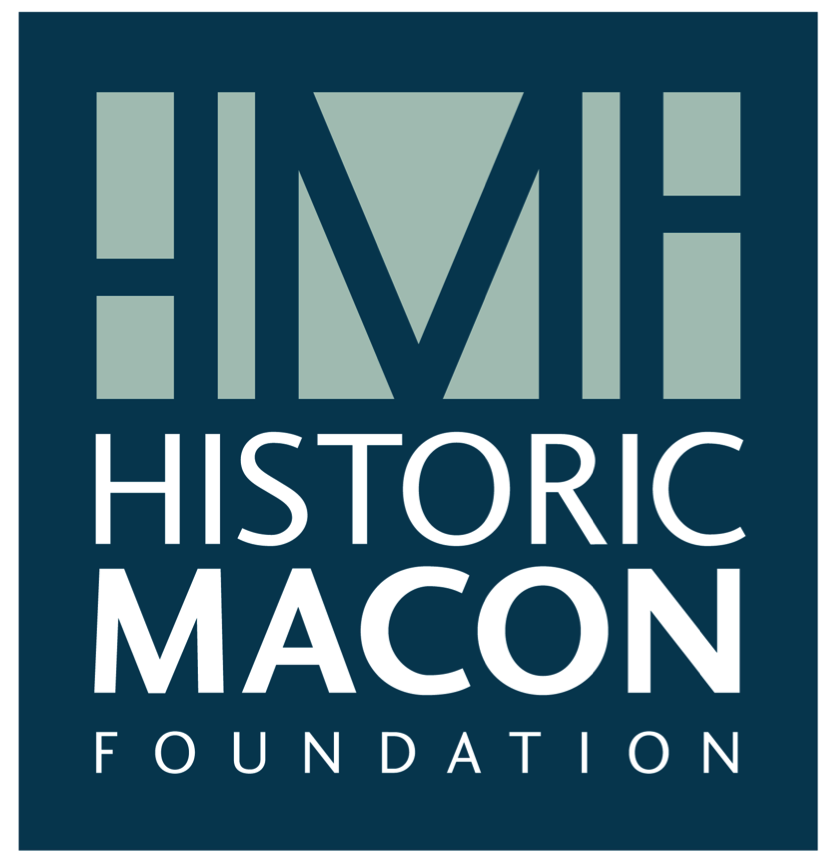revitalization of beall’s hill
Neighborhood revitalization is successful when neighbors, preservationists, community leaders, local government and partnering organizations work together toward a common goal of bettering communities in a way that permanently improves the quality of life for residents. Historic Macon Foundation’s work in Beall’s Hill began in 2007 with a public-private partnership involving the Knight Foundation, Mercer University, Macon-Bibb County government and the Macon Housing Authority. The goal was to revitalize 32 blocks of the neighborhood.
HMF has leveraged the investments of these partners using market-rate revolving funds, low-interest façade loans and down payment assistance programs. The majority of the down payment assistance money from Mercer and Knight has gone to homebuyers purchasing in historic neighborhoods. By 2021, almost a million dollars of down payment assistance money was used to purchase homes in Beall’s Hill.
The Knight Foundation has invested nearly $4 million in HMF for Beall’s Hill improvements since 2007 in the form of grants and investments that have funded the façade and energy efficiency loan programs, as well as the neighborhood incubator program. The investments have also spurred the building of new rental units and renovation of existing ones, increasing the stock of affordable quality rental housing in Beall’s Hill.
Mercer and Macon Bibb County have also improved the walkability by building a pedestrian bridge in Beall’s Hill. The commitment of Mercer and other partners in Beall’s Hill helped secure $2 million in “blight bonds” for streetscape improvements, sidewalks and lighting, which improves the safety and quality of life for new residents and long-term homeowners.
(Information from Beyond Preservation: The 25 Year Impact of the Historic Macon Foundation by PlaceEconomics)
the redlining of beall’s hill
From the late 1800s to the early 20th century, the residential parts of the Beall’s Hill neighborhood were primarily populated by middle class white families. By 1908, members of the black community began to move from their small, isolated pockets to the west of the neighborhood to blocks near the rail line on Calhoun and Jackson streets and began to settle in previously undeveloped alleyways in the neighborhood as well. In 1937, the federal government sponsored the Home Owners’ Loan Corporation, which was later exposed for creating mortgage “redlining” and contributing to the racial wealth gap.
Studies have since shown that the use of inherently racist ideologies to categorize neighborhoods had lasting effects on the Black community: redlined areas became increasingly segregated by race over the next three decades and suffered steady declines in home ownership, house values and credit scores. In 1939, the Oglethorpe Homes housing project was built in the neighborhood. One of the first steps the city took in the revitalization efforts in Beall’s Hill was a complete overhaul of the decades-old housing unit, which had fallen into disrepair.
the mills of beall’s hill
For much of the early 19th and 20th centuries, this area was home to various mills. Bibb Manufacturing Co., which went on to become one of the most successful textile companies in Georgia, was located in Beall’s Hill from the late 1800s to the 1970s. Central Georgia was a prime location for textile mills due to the swiftly moving water sources that surround the fall line, which led to an industrial revolution in more rural areas of the state. Many residents of the neighborhood worked in these mills, like the Macon Knitting Co., which thrived due to the proximity to cotton sources from nearby plantations. The labor of enslaved people was a large part of the success of these mills before the Civil War. During both the Civil War and World War II, many mills shifted to the production of war products. Men, women and children all worked long, dangerous shifts in the mills. In the early 1900s, photographer Lewis Hine joined the National Child Labor committee to photograph the harsh working conditions young children were subjected to throughout the nation. Many of these photos were taken in Macon.
schools in beall’s hill
In the heyday of Beall’s Hill, there were a number of schools for both black and white students, one of which still stands today. In the 1920s, there were concerns about the safety of Virgil Powers, a school built for the children of employees at the Bibb Mill. On Dec. 31, 1922, plans for the new school were published in The Macon Telegraph. The building still stands today and is owned by the Macon-Bibb County Urban Development Authority.
Hazel Street School started as a 12-room frame building in 1888. The school, which served black students, was torn down so a new one could be built in 1938. Students from the Hazel Street school were sent to another school to take night classes until the building was completed. On July 12, 1945, Hazel Street School became the George Washington Carver Grammar School.
Mount de Sales Academy is a private catholic school founded by the Sisters of Mercy. On Feb. 28, 1876, Mount de Sales Academy was chartered as a junior college and boarding school for women. The school grew over the years to accommodate more grades and students. Today, just over 500 students are enrolled at MDS in grades 6-12.
the homes of beall’s hill
Homes within the Beall’s Hill neighborhood represent a wide variety of architectural styles and house types that were built between 1870 and 1940. Many styles that were popular during this time are present in the neighborhood today, including Folk Victorian, Queen Anne, Italianate, NeoClassical Revival and Craftsman.

